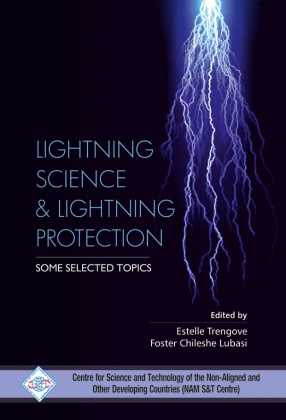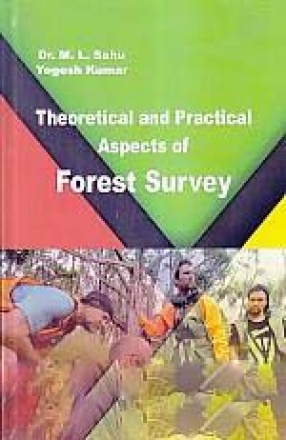Lightning has always greatly fascinated, awed and frightened the humankind with its spectacular intense tree-like flashes. Though lightning and thunderstorms are vital to our life as they make nitrogen and also oxygen and free radicals available to the plants and other terrestrial organisms, these are capable of causing wild land fires, human and animal death due to electrocution/fire and if in close proximity, temporary deafness and rupturing of the ear’s tympanic membrane due to loud cracking sound produced by the strike. The action of lightning’s electrical and magnetic fields and the lightning current on industrial premises, power transmission lines, underground communications, aircraft and their electrical circuits and induction of dangerous over voltage are well known. Lightning is known to have caused extensive exterior and interior damage to structures.
Lightning is a natural hazard causing serious economical losses and personal injuries and deaths in many parts of the world. Especially in South and East Asia, Africa and South America, the problem is quite acute due to the high occurrence density of lighting, the large population and the rapid and unplanned industrialisation. The lack of information in the NAM and other developing countries regarding the lightning related characteristics is one barrier that hinders the development of protection systems. The other barrier is the poor knowledge among the engineering community on lightning and lightning protection and the lack of awareness among the general public in lightning safety.
This publication is a follow up of the International Training Programme on ‘African Regional Training Programme on Lightning Protection’ organised by the NAM S&T Centre in Kampala, Uganda during 4-8 February 2013 jointly with the State House, Uganda and various Ministries and agencies of the Government of the Republic of Uganda.
The book includes 11 scientific and technical papers from the experts and professionals of 9 countries and presents noteworthy insights on lightning protection and concerned management strategies. It would be useful for the lightning researchers, experts and practitioners in this field and will help the African countries in working out appropriate strategy, laws, policies and programmes for the protection of life and property from the dangers of lightning.





There are no reviews yet.